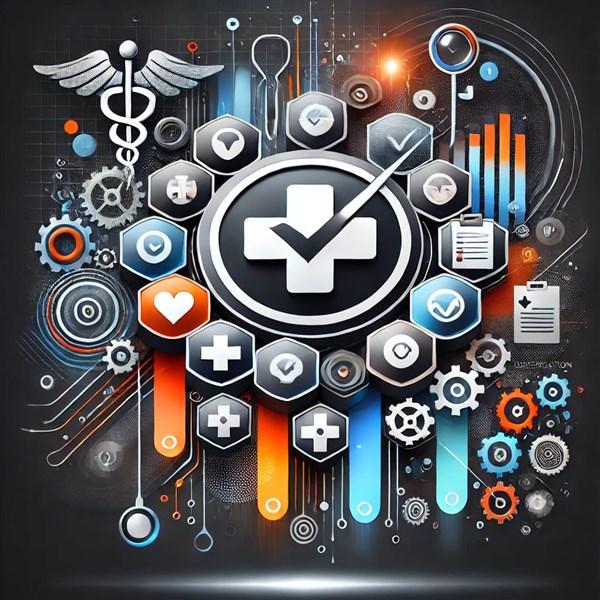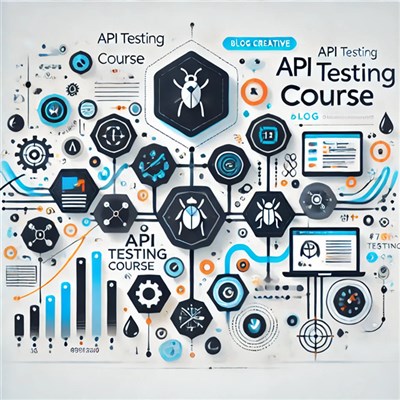
In the highly regulated world of medical devices, quality management is not just a preference; it's a requirement. ISO 13485 is a vital standard that outlines the requirements for a quality management system (QMS) specifically for the medical device industry. Understanding this certification can provide organizations with the framework they need to ensure quality, compliance, and customer satisfaction. This blog will explore the ISO 13485 certification in detail, covering its significance, requirements, implementation process, and benefits.
What is ISO 13485?
ISO 13485 is an international standard that specifies requirements for a quality management system where an organization needs to demonstrate its ability to provide medical devices and related services that consistently meet customer and regulatory requirements. It was first published in 1996 and has undergone revisions, with the most recent being in 2016. The standard is designed to be compatible with other management system standards, making it easier for organizations to integrate multiple standards into their operations.
Importance of ISO 13485
The importance of ISO 13485 cannot be overstated. Here are some reasons why organizations pursue this certification:
- Regulatory Compliance: Many countries require ISO 13485 certification as part of their regulatory framework for medical devices. Certification can facilitate compliance with local and international regulations, making it easier for organizations to enter new markets.
- Risk Management: The standard emphasizes a risk-based approach to quality management, helping organizations identify, assess, and mitigate risks throughout the product lifecycle.
- Enhanced Quality: Implementing ISO 13485 fosters a culture of continuous improvement and quality assurance, leading to better products and services.
- Increased Customer Satisfaction: By consistently meeting customer and regulatory requirements, organizations can enhance customer satisfaction and trust, leading to improved business relationships.
- Market Access: Certification can open doors to new markets and opportunities, as many healthcare providers and manufacturers prefer to work with ISO 13485-certified suppliers.
Key Requirements of ISO 13485
ISO 13485 lays out several key requirements that organizations must adhere to for certification. These include:
1. Quality Management System (QMS)
Organizations must establish, implement, and maintain a QMS that meets the requirements of the standard. This involves documenting processes, procedures, and responsibilities to ensure quality throughout the organization.
2. Management Responsibility
Top management must demonstrate leadership and commitment to the QMS by ensuring it is aligned with the organization's strategic direction. This includes establishing a quality policy and ensuring that quality objectives are set and met.
3. Resource Management
Organizations must provide adequate resources for the effective implementation and maintenance of the QMS. This includes human resources, infrastructure, and work environment.
4. Product Realization
This section covers the planning and development of products, including design and development processes, purchasing, production, and service provision. Organizations must ensure that their products meet customer and regulatory requirements.
5. Measurement, Analysis, and Improvement
ISO 13485 requires organizations to monitor and measure the performance of their QMS and products. This includes conducting internal audits, managing nonconformities, and implementing corrective actions to improve the QMS continually.
6. Risk Management
Organizations must implement a risk management process throughout the product lifecycle, from design and development to production and post-market activities. This ensures that risks are identified and managed effectively.
Steps to Achieve ISO 13485 Certification
Achieving ISO 13485 certification involves several key steps:
1. Gap Analysis
Conducting a gap analysis helps organizations assess their current QMS against the requirements of ISO 13485. This process identifies areas for improvement and sets the stage for compliance.
2. Training and Awareness
Training staff on the requirements of ISO 13485 and the importance of quality management is essential for successful implementation. Ensuring that employees understand their roles in maintaining quality is crucial.
3. Documentation
Developing and documenting processes, procedures, and policies that align with ISO 13485 requirements is a significant step. This documentation should be easily accessible and regularly updated.
4. Implementation
Organizations must implement the documented processes and procedures effectively. This includes integrating quality management practices into everyday operations.
5. Internal Audit
Conducting internal audits is critical to assess the effectiveness of the QMS and identify areas for improvement. This step ensures that the organization is prepared for the certification audit.
6. Management Review
Top management should review the QMS regularly to ensure its continued suitability and effectiveness. This review should assess performance, identify issues, and set objectives for improvement.
7. Certification Audit
Engaging an accredited certification body to conduct the certification audit is the final step. The auditors will assess the organization's compliance with ISO 13485 requirements and determine if certification can be granted.
8. Continuous Improvement
Achieving certification is not the end; organizations must continually monitor and improve their QMS to maintain compliance and enhance performance.
Benefits of ISO 13485 Certification
The benefits of obtaining ISO 13485 certification extend beyond regulatory compliance. Here are some key advantages:
1. Improved Quality Management
Organizations that implement ISO 13485 often see improvements in their quality management processes, leading to reduced defects and enhanced product quality.
2. Market Differentiation
Certification can differentiate organizations from competitors, making them more attractive to customers and stakeholders who prioritize quality and compliance.
3. Enhanced Efficiency
By streamlining processes and reducing waste, ISO 13485 certification can lead to improved operational efficiency and cost savings.
4. Increased Customer Trust
Certification demonstrates an organization’s commitment to quality and regulatory compliance, fostering trust and confidence among customers and partners.
5. Global Recognition
ISO 13485 is recognized worldwide, making it easier for organizations to enter international markets and collaborate with global partners.
6. Better Risk Management
The risk management requirements of ISO 13485 help organizations identify and mitigate risks effectively, enhancing the overall safety and effectiveness of medical devices.
Conclusion
ISO 13485 certification is a vital tool for organizations in the medical device industry, providing a framework for quality management that meets regulatory requirements and enhances customer satisfaction. By understanding the standard's requirements and the steps necessary to achieve certification, organizations can position themselves for success in a competitive market. Ultimately, ISO 13485 is not just a certification; it's a commitment to quality and continuous improvement that can lead to better products, improved processes, and greater customer trust.
Getting certified in ISO 13485 is a significant step towards establishing a career in Quality Management Systems for medical devices. For professionals seeking to gain a comprehensive understanding of this standard and how to implement it, ISO 13485 training and certification is highly recommended. Koenig Solutions, a leading IT training company, provides in-depth training on ISO 13485 certification, guiding you through the entire certification process.
With the increasing demand for quality healthcare services, the importance of ISO 13485 certification is becoming more significant. Whether you are a medical device manufacturer aiming to enhance the quality of your products or a professional seeking to establish a career in QMS for medical devices, ISO 13485 certification is the way forward. Koenig Solutions, with its comprehensive training courses, can assist you in gaining a deep understanding of the ISO 13485 standard and guide you towards successful certification.







COMMENT